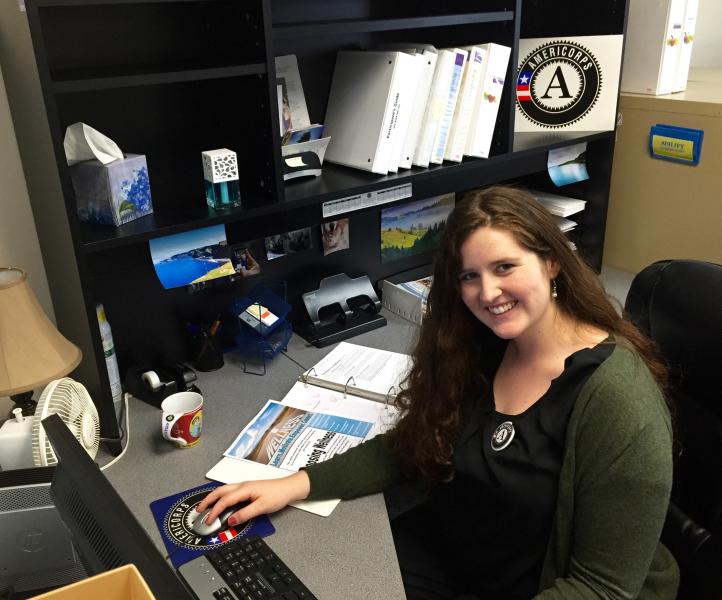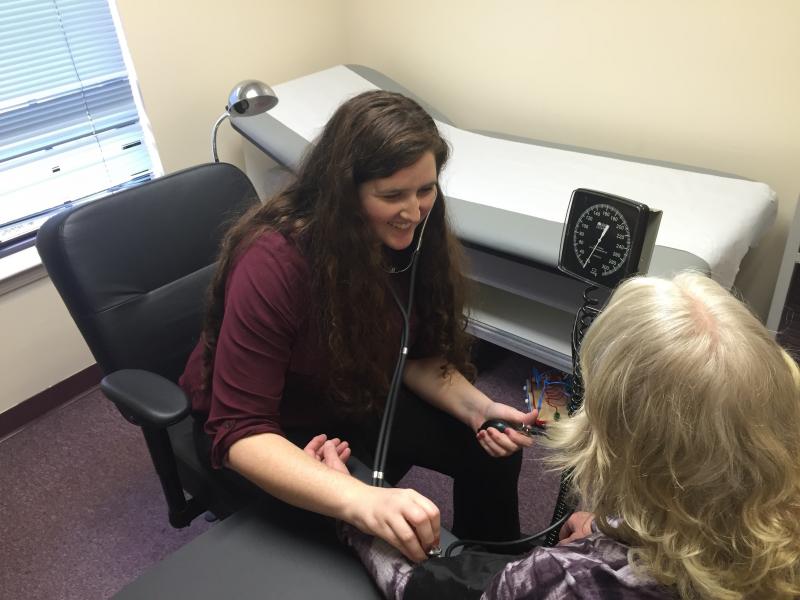
For almost a year, National Health Corps AmeriCorps members are given the opportunity to step into a life we might never have experienced before, with difficulties that we may never experience again. We are exposed to the world of nonprofits and see the struggles of both the organizations and the people they are working to help. How are we impacting them? Can we do more? As we embark on the next stage of our lives, how will we incorporate what we have learned?
My first few months serving with Clay Behavioral Health Center, a first-time host site, were spent trying to navigate how I could integrate into the organization with the program I was going to pilot. Chaos had struck early on with turnover of core staff. This created delays, and I felt directionless as I realized that I was not stepping into a neat-and-tidy role where I was told exactly what to do. This was different from the years of school or even the volunteer work and internships where I knew what must be done and had a guide on how to accomplish it.
Instead, I was told what was envisioned. So I had to get creative and turn to my old, reliable advisor who always helps me when I am confused in life – Google. I poured through resources and brainstormed ideas that would work for my target audience. I looked to those who were doing something similar and gleaned what I could apply to my own project. It involved a lot of waiting and thinking. I received advice and was told to be patient because things move slowly when you’re working to create change.
That was difficult for me – learning that the biggest barrier can sometimes be time. 
As I did all my research and discovered the problems of the population that I would be serving, I was antsy to jump in and make a difference. It was hard not running around constantly like I had originally thought I would. I wanted to feel like I was contributing and doing good work because that is why I joined the National Health Corps. In reality, it took a while before I felt worthwhile to my organization.
People with serious mental health problems have been shown to have a lifespan an average of 25 years less than the general population1. Because of this, there is a big push to integrate primary care with behavioral health so that clients focus not only on their mental health treatment, but also their general wellbeing. As part of this initiative, I was to create a wellness program to teach and encourage healthy habits for a balanced life.
Once I was asked for a curriculum and had created it – after googling to see what the format of a curriculum looks like – I finally felt things start to move along. Change was starting to happen. I now have a start date for the program, and have participants already signed up. I’m hoping that this group will foster and support healthier choices leading to longer lives of those I serve.
Each day that we go to our host site we serve to make a difference and discover our own abilities. Those Saturday mornings that we could be sleeping in, National Health Corps members are out in the community trying to make an impact and help others. In the process, we are enriching our lives by learning the struggles of those we serve and we will take that knowledge with us as we continue with our lives. No matter where we go or what we do, the time spent serving, whether it feels rewarding at the time or not, is leading to change. It impacts others, but it is also shaping who we are and what we will become. Every day that we commit to serve others and push for change, we get closer to a brighter future.
It just takes time.
*Inspired by the musical brilliance of Rent’s Seasons of Love
1Gerrity, M., Zoller, E., Pinson, N., Pettinari, C., & King, V. (2014). Integrating Primary Care into Behavioral Health Settings: What Works for Individuals with Serious Mental Illness. New York, Ny: Milbank Memorial Fund.
